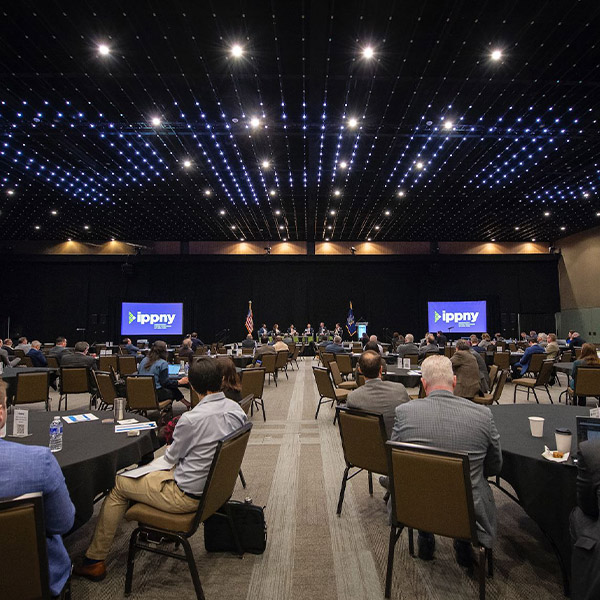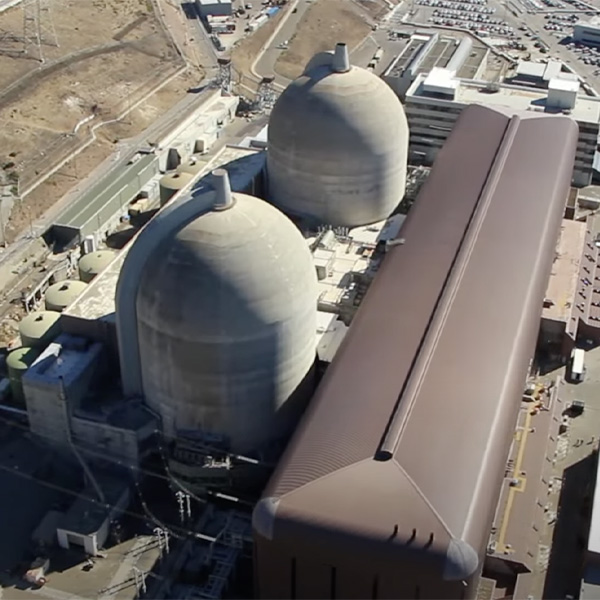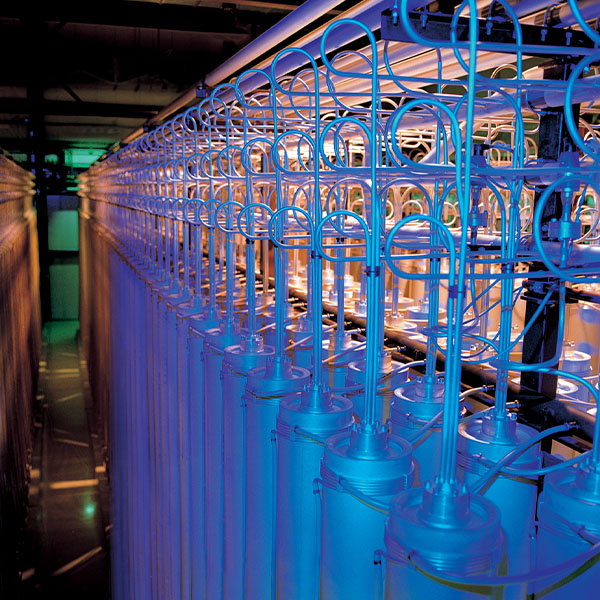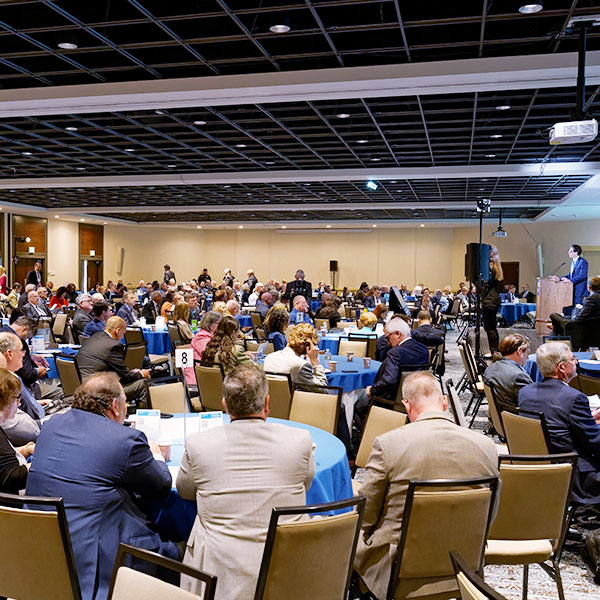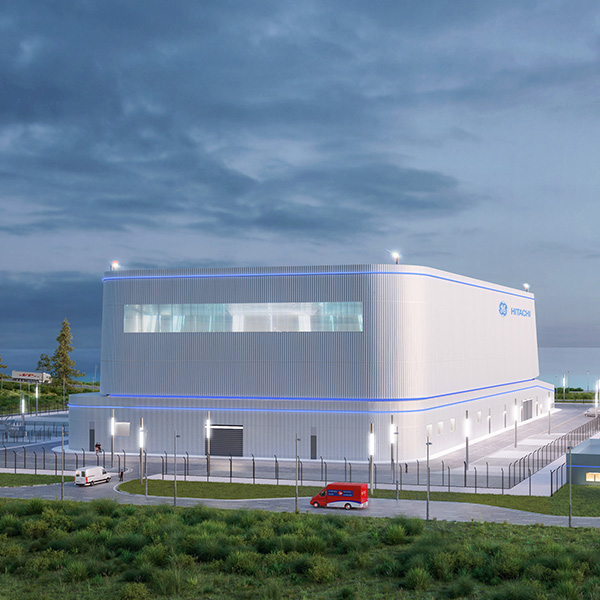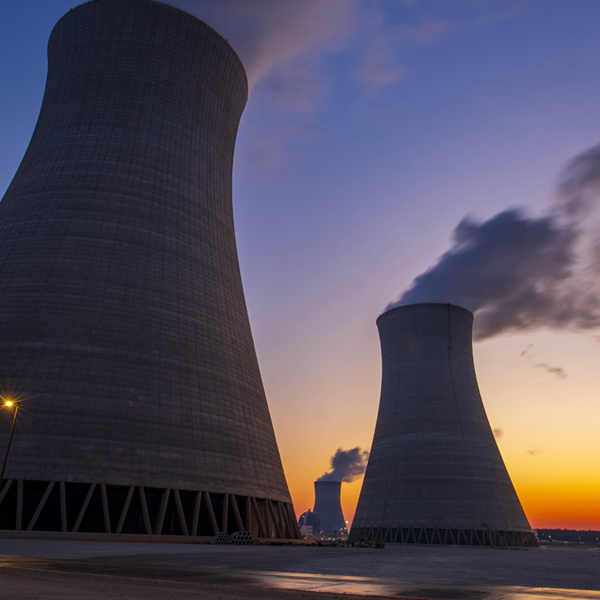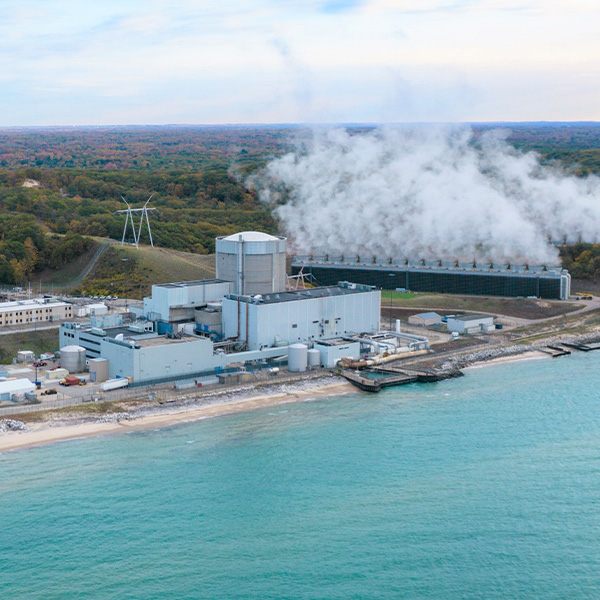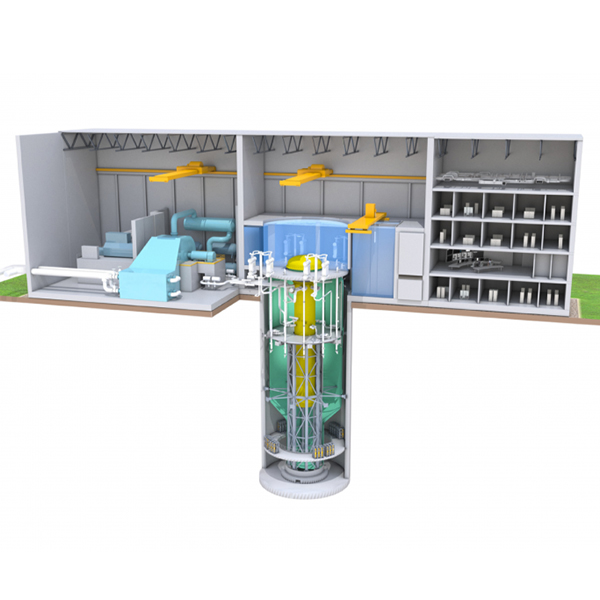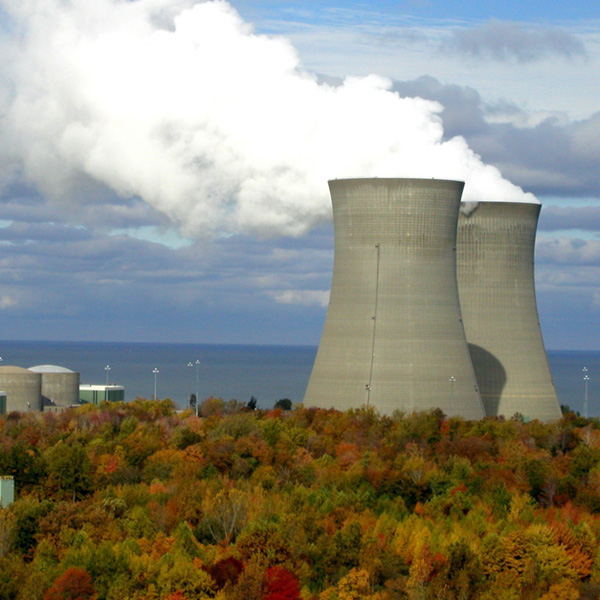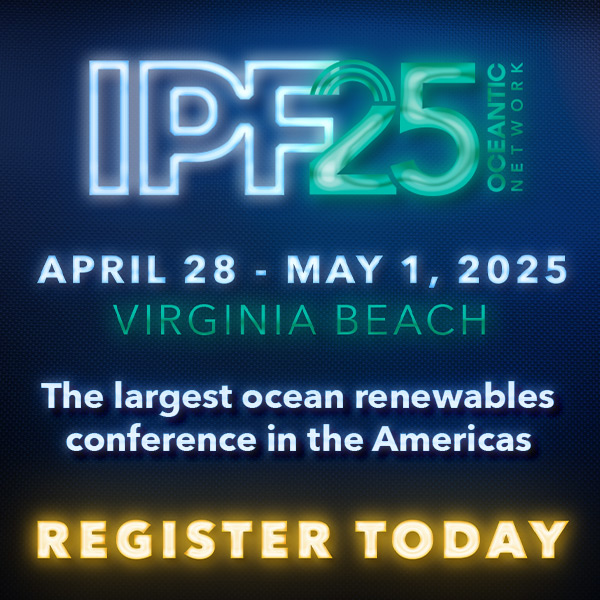Nuclear Innovation Alliance (NIA)
NYISO stakeholders heard about the tension between public policy pushes for zero-emission generation, the aging grid, increasing customer costs and concerns about winter peaking.
The Biden administration wants to jumpstart a “nuclear deployment ecosystem” by getting 35 GW of new nuclear power online or under construction by 2035 and then build to a steady pace of deploying 15 GW per year in the U.S. and globally by 2040.
The war in the Ukraine, coupled with the boom in electricity demand driven by data centers, has created a “muscular resurgence” of interest in nuclear, National Climate Advisor Ali Zaidi said.
Advanced nuclear technology, with all promise and all its baggage, is one of the ways New York is considering meeting its clean energy goals.
The new federal funding is aimed at building market confidence that the U.S. nuclear industry will be able to incorporate the lessons learned at Vogtle to deliver a new round of safer, more efficient SMRs on time and on budget.
The first new reactors built in the U.S. since 2016, Vogtle’s two units have come online seven years late and $17 billion over budget, leaving subsequent projects surrounded by perceptions of risk.
Michigan’s 800-MW Palisades nuclear power plant could become the first nuclear plant in the U.S. to be restarted, helped by a $1.52 billion loan from DOE’s Loan Programs Office.
DOE's commitment of $500 million in IRA dollars may not be enough. Building private sector confidence in the emerging HALEU market could require up to $2.9 billion more in additional federal funding.
Small modular reactors are the future of nuclear energy, but they will not be rapidly deployed without a federal push, according to a new report.
Decarbonizing the US economy by 2050 will require doubling nuclear energy generation by deploying 100 GW of advanced reactors, according to reports by the NIA.
Want more? Advanced Search
